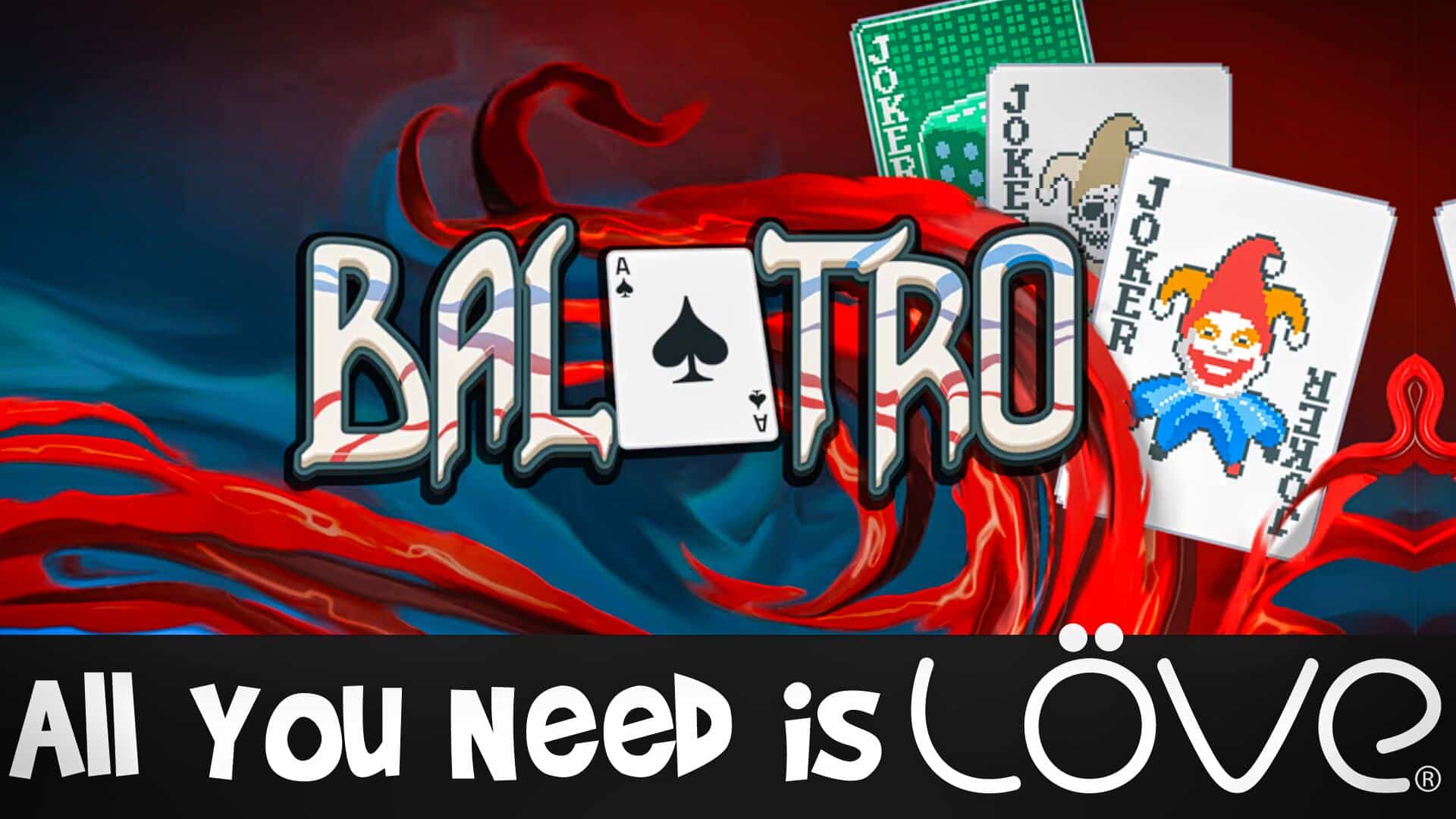I am making a easy recreation engine utilizing Java and have discovered a serious challenge.
To create correct collision detection I made a decision to transform a clear picture right into a java.awt.geom.Space object. Nevertheless the strategy I am doing this is perhaps fallacious or unoptimized.
To check it out, I attempted loading an virtually 200×200 (precisely 195×196) pixels picture. I ran this system 5 instances and that is the time it took
- 2900ms = 2s
- 2848ms = 2s
- 2999ms = 2s
- 2887ms = 2s
- 2871ms = 2s
Common time: 2,901ms
This is not superb particularly contemplating the dimensions of the picture.
Right here is the code I’m utilizing:
public Entity(BufferedImage picture) {
this.picture = picture;
entityArea = new Space();
heightmap = new int[image.getWidth()];
boolean heightFound = false;
for (int x = 0; x < picture.getWidth(); x++) {
for (int y = 0; y < picture.getHeight(); y++) {
if((picture.getRGB(x, y) & 0xFF000000) != 0) {
entityArea.add(new Space(new Rectangle(x, y, 1, 1)));
if(!heightFound) {
heightmap[x] = y;
heightFound = true;
}
}
}
}
}
heightmap is used to refer the highest pixels for an entity


